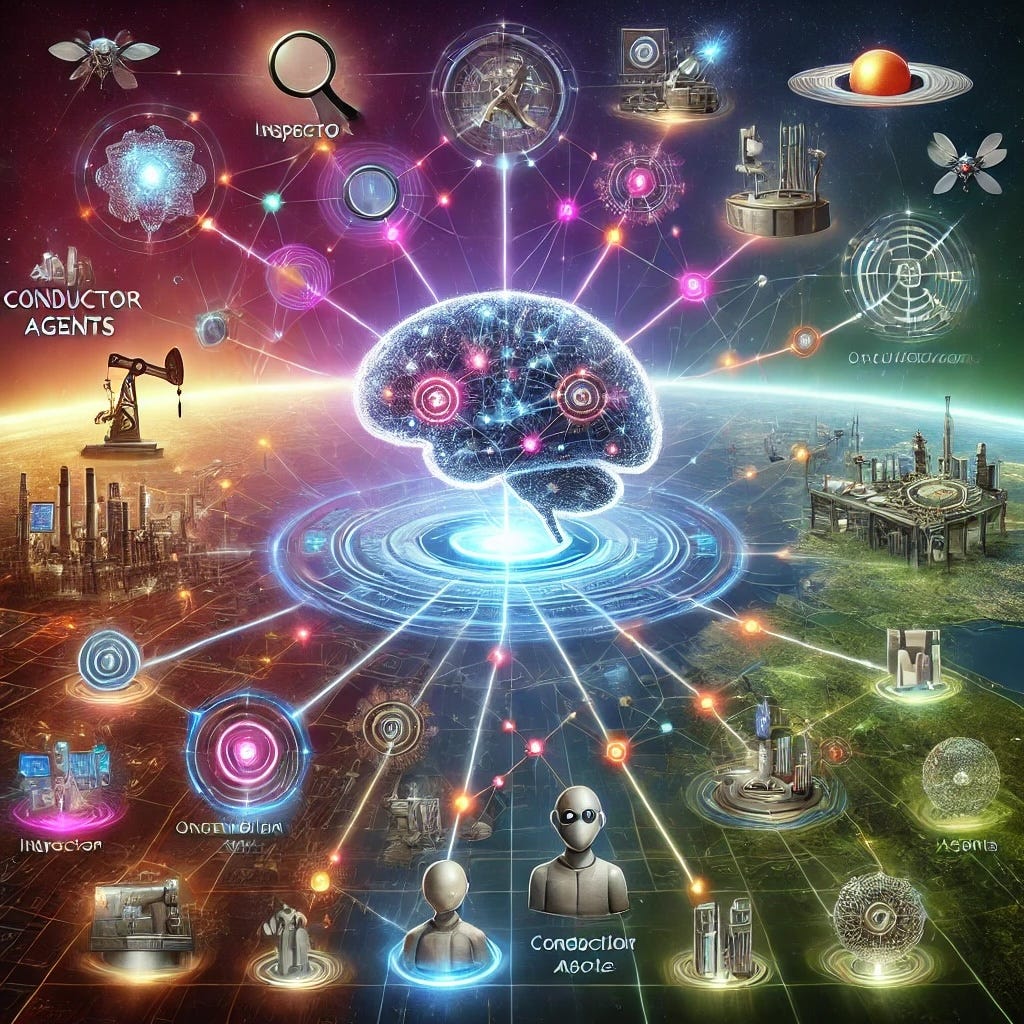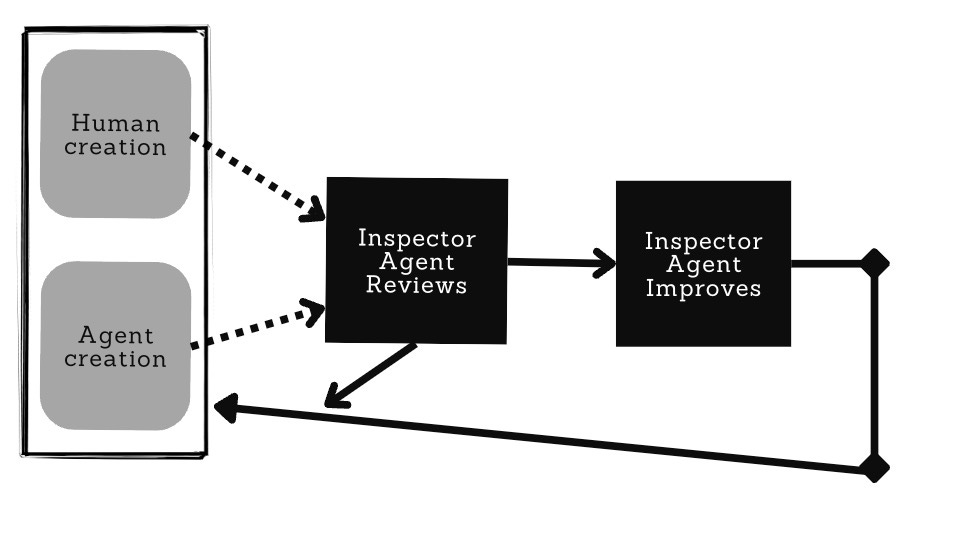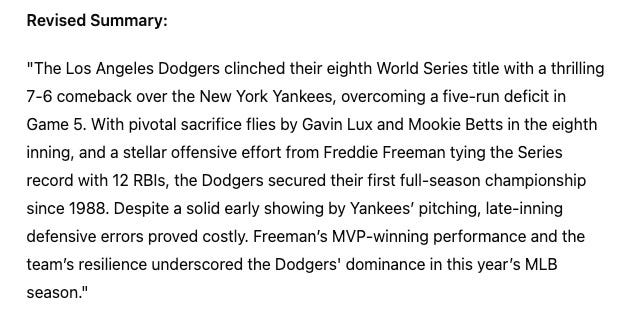The Product Intuition Behind AI Agents
A deep dive into the six core AI agent paradigms that can revolutionize your business
AI agents can add superhuman capabilities to your product, but what is the intuition for when to incorporate them into your strategy?
Put simply, AI agents generate maximum value when we place them wherever modestly intelligent humans existed in workflows in the past. Agents gain power particularly when chained together, used in concert, or when forward-deployed. An agent can live on your computer to interact with your file system, on your social media account, deep inside a factory assembly line, on a satellite, or wherever that human-like quality is required for product success.
For those new to the buzz around agents, they are what they sound like: miniature GPTs that you can place inside complex architectures to perform cognitive tasks that machines have historically struggled with. They can operate autonomously, in clusters with other agents, or in a hybrid model combined with existing microservices. They leverage generative AI, so at a minimum, they can:
Make a decision or judgment
Summarize text or other content
Analyze data or evaluate
Generate text, images, or even systems
Take actions as a real user (for example, make a purchase or send an email)
Generative AI is best for challenges requiring a modicum of judgment, whereas traditional services are superior for tasks that require certainty and precise instructions.
With this high-level heuristic in mind, let’s explore thinking models that could advance your product, moving from the least sophisticated to the most advanced. Along the way, we’ll provide examples and diagrams to illustrate how each might work across six varied use cases that we’ve named Inspectors, Conductors, Assembly Lines, Hydras, Missions, and Mobius Cycles.
Inspectors
Inspector agents excel at handling inconsistent human outputs, enforcing standards, or by providing qualitative critiques to ensure that work meets or exceeds expectations. In short, they can act as a quality-control gate. I like to think of this set of use cases as giving the agents a persona and then implanting them into a system or process where quality control or stress testing is needed. For example, a customer service system for a Fortune 500 company requires care and feeding across many dimensions:
How technically competent were the representatives?
Did they use appropriate soft skills in dealing with customers?
Are they respecting company policies and processes?
A traditional human manager would have to tackle these challenges themselves, but a series of agents can operate on the manager’s behalf to spot concerning interactions (and eventually to monitor non-human agents too!). Imagine the following interaction among a hypothetical CVS pharmacy customer, a CVS customer service representative, and a Quality Control AI agent.
The above scenarios were scripted and analyzed 100% by AI agents, and you can see each taking responsibility for acting as a particular persona, providing valuable context for the customer service department in terms of how they want to train their human or AI agents to act. Just as we used to bake certain mores into a company culture, we now need to bake these into the AI to get the customer experience and personality we desire.
Stress testing is another strong use case for agents. Whenever a human or an AI comes up with a result, a stress-testing agent can act as a critical bystander trying to elevate the quality of what was produced. Take, for example, the following AI-generated summary of the Los Angeles Dodgers’ World Series win this year:
Let’s create and dispatch another agent as a sports news expert whose job it is to critique and improve on these clips. The agent correctly notices the lack of a score, no mention of the pitchers, very little sense of the actual action, and more. Here is an improved version after the writer agent stress tested and improved upon the summary. Unfortunately, our agent still needs some training, since the Dodgers did win much more recently than 1988, but the draft is substantially improved. A fact-checking agent is probably needed too!
While these agents are presented together in this example, in a live production system each might occupy different space in different or complementary systems. The choice is up to the product leaders and the system architects and will depend in large part on how often each agent might be reused in different contexts.
The inspector model excels when:
Keep reading with a 7-day free trial
Subscribe to Emergent - Product Newsletter and Podcast to keep reading this post and get 7 days of free access to the full post archives.






